Before my daytrip to Palizzi, I associated the town with two things: Edward Lear’s wonderful lithograph drawings and red wine – not necessarily in that order.
Palizzi lies in the very south of Calabria along what is referred to as the Riviera dei Gelsomini or Jasmine Coast, homage to the fragrant plant that flourishes in the area. The historic center with its few hundred remaining citizens clings to a rocky spur of the Aspromonte Mountains, while a couple of thousand in Palizzi Marina enjoy a seaside location at the southern tip of the Italian mainland.
PALIZZI IN THE 19TH CENTURY
Edward Lear, the British artist and writer best known for his popularization of nonsense verses, later called the limerick, visited Palizzi on the third of August 1847. In his Journals of a Landscape Painter in Southern Calabria of 1852, he mused that he was perhaps the first Englishman to have walked its streets. He found it to be, “a most singular town, built round an isolated rock commanding one of the many narrow valleys opening to the sea.” Adding, “No wilder, nor more extraordinary place than Palizzi can well greet artist eye.”
As Lear set out to sketch, he complained of the summer heat and of the cacti covering every bit of space in the craggy valley. However, in his words, “Going out to explore the lower part of the town, I could not resist making a sketch of its wonderful aspect from below; the square towering rock of Palizzi seems to fill the whole scene, while the houses are piled up from the stream in a manner defying all description.” Luckily, he included the ruggedly romantic drawing amongst the lithographs in his book, as well as his depiction of the forest of Pietrapennata, a frazione or section of the community.
PALIZZI TODAY
Fast forward over 150 years, I was not traveling on foot as Edward Lear had traversed Southern Calabria, but in a comfortable 21st-century vehicle, winding up the hills and switchbacks in a caravan of cars making their way up to Palizzi’s old town. I was on an excursion organized by Club UNESCO, the Reggio contingent subtitled “Re Italo.” The day’s participants were mostly Italian with a smattering of Ukrainian and several representatives from the British Isles. Lear would have been proud to learn of his countrymen following in his footsteps so many years later. They were locals, however, enthusiastic explorers of the area, guided by the organization’s leader Alberto Gioffrè who supplied pertinent information along the way.
The isolated rock commanding the valley as described by Lear was indeed striking, and we pulled off the road to snap a few pictures on the approach. The precise date of the castle’s original construction is not known, medieval no doubt. More recent history chronicles its reconstruction in 1751 and its expansion in 1866. Currently, it stands as a shell of its former self, albeit picturesque.
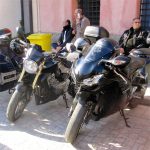 Down in the village, we weren’t the only ones out for a Sunday drive. An old car enthusiast club and a group of motorcyclists were gathered in the main square. These towns in the hills and mountains of Calabria are destinations, journeys to discover roots, whether done in an ambling fashion or as a more active study of the region’s distant and not so distant past. The once lively communities that existed for centuries are now more often the focus of a bustle from outsiders looking in, as their own buzz has all but flown away.
Down in the village, we weren’t the only ones out for a Sunday drive. An old car enthusiast club and a group of motorcyclists were gathered in the main square. These towns in the hills and mountains of Calabria are destinations, journeys to discover roots, whether done in an ambling fashion or as a more active study of the region’s distant and not so distant past. The once lively communities that existed for centuries are now more often the focus of a bustle from outsiders looking in, as their own buzz has all but flown away.
Some of the houses in the historic center were occupied, many others were abandoned and left to the cacti of which Lear had written.
Nature had a way of making things right. There was a beauty in the rambling vines, the rampant plant life filling in the abandoned space.
To reach the castle, we climbed the steep streets up through the town. The view back over the tiled roofs with the church tower and woods beyond was like a postcard. Many of those rooftops were obviously well cared for, proud homeowners nurturing the community’s heartbeat while contributing to the magnificent view.
The castle was fortified by metal braces and a crane hovered overtop. A gate barred entrance. Palizzi’s castle was just one of many declared a National Monument by Italy’s Ministry of Cultural Heritage.
A PALIZZI AGRITURISMO
An excursion without a meal, well, just wouldn’t be a proper excursion in Italy. Not to mention that, “l’aria della montagna fa venire la fame” (mountain air makes you hungry), which I suppose must be true as it’s common enough in both languages. Our lunch was held at a restaurant and inn called Agunì Agriturismo e Locanda in the surrounding countryside. The 100-year-old farmhouse had been recently restored in an environmentally friendly manner using stone from the area, handmade tiles and solar panels.
The really interesting particular regarding the building refurbishment, however, involves the bergamot, the amazing citrus fruit that only flourishes in a small area of southern Calabria. The restorers mixed local limestone with the waste from bergamot processing to make plaster. The incorporation of this leftover organic matter into the building material is a traditional technique that was rediscovered a few years ago. Not only does this method recycle the residual matter, but remarkably, the natural antifungal and antibacterial properties found in the bergamot transfer to the building.
So, we were eating a wholesome meal in a wholesome building. Additionally, it was vegetarian, which I think may have had something to do with several group members being non-meat-eaters. The menu was a nice change of pace and included broccoli, cheese, potato casserole, fried artichoke, focaccia bread and a local grain. The dessert of apple cake and donuts tasted as though someone’s great-grandmother had lent a hand in the preparation – old-country goodness.
Last but certainly not least was the wine. Carafes of Palizzi’s robust red flowed. It’s an IGT wine, or Indicazione geografica tipica, which is third (after the DOCG and the DOC) in Italy’s classification system and indicates wine produced in a particular geographic area with specific production requirements. Suffice it to say that Palizzi wine is ottimo; it was also excellent that day, as I imagine it was when drunk by Lear so long ago. Seeing as not much Calabrian wine is exported, I made sure to get my share at the source.
Read more about Calabria’s towns and villages in Calabria: The Other Italy, my non-fiction book about daily life, history, culture, art, food and society in this fascinating southern Italian region, as well as in my blogposts Gallicianò: Greek Culture in Calabria, Pentedattilo: A Ghost Town in Calabria, Badolato, Calabria – Locals, Migrants, Emigrants and Vacationers and Amantea: A Seaside Attraction. Or visit a Calabrian village on one of my Calabria tours.
“Like” Calabria: The Other Italy’s Facebook page and follow me on Karen’s Instagram and Karen’s Twitter for more beautiful pictures and information.
Sign up below to receive the next blog post directly to your email.

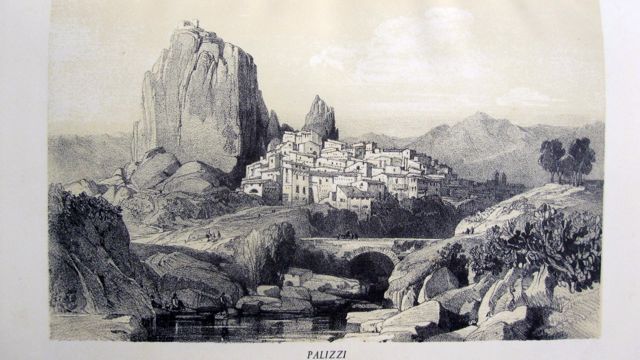
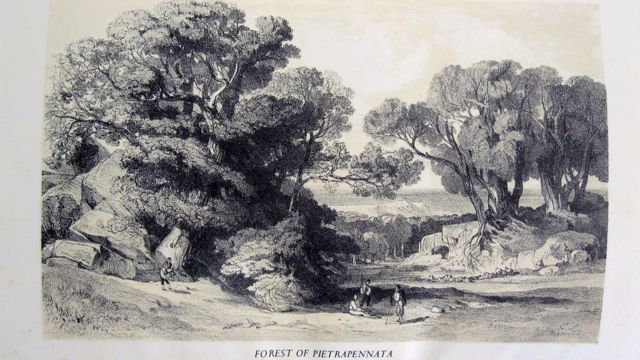
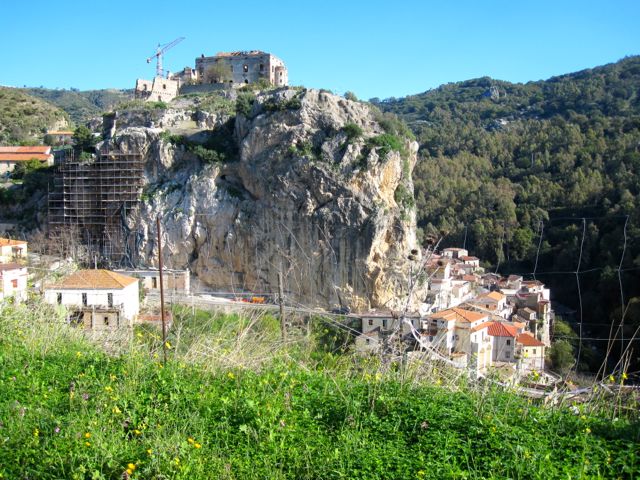
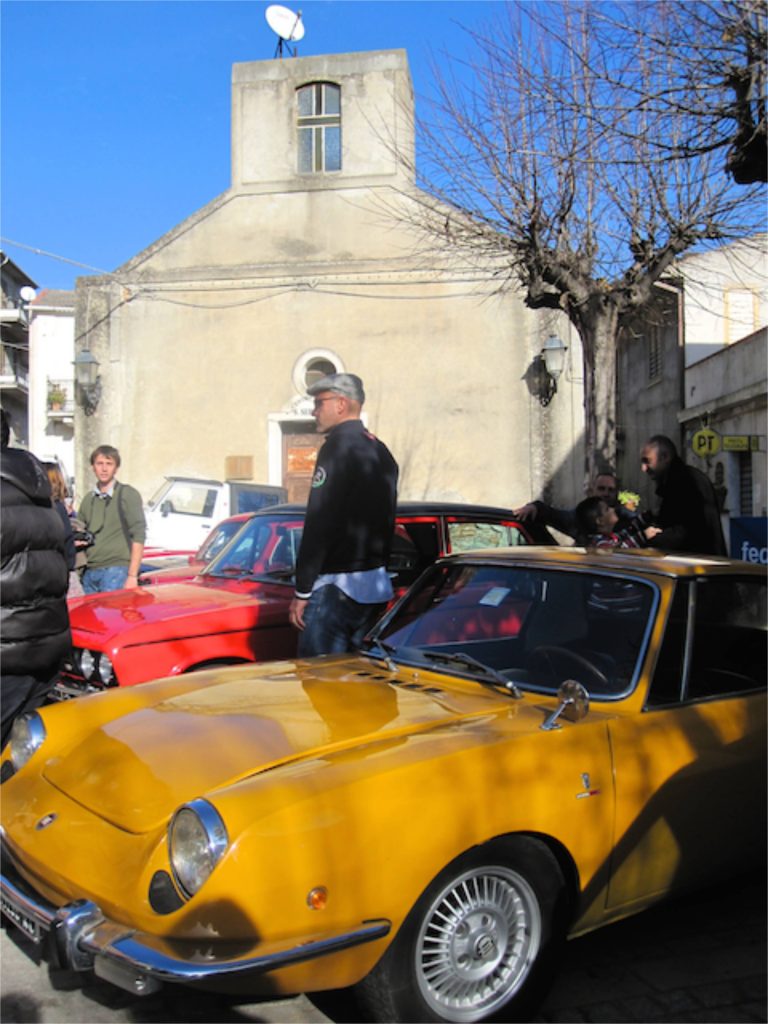
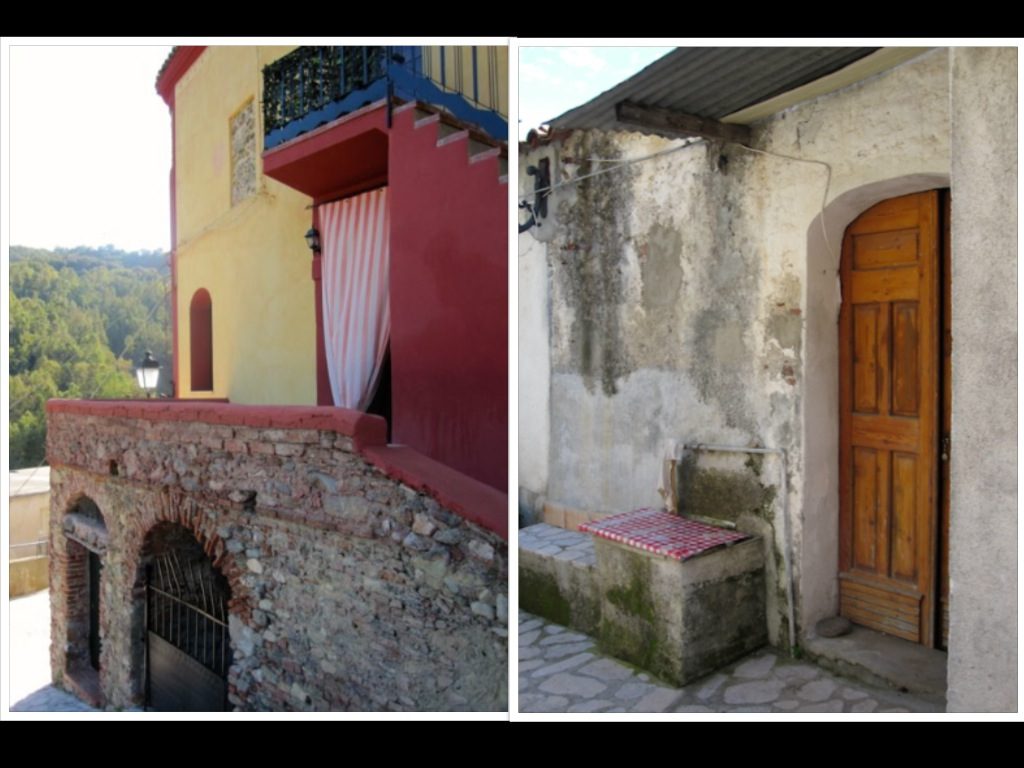
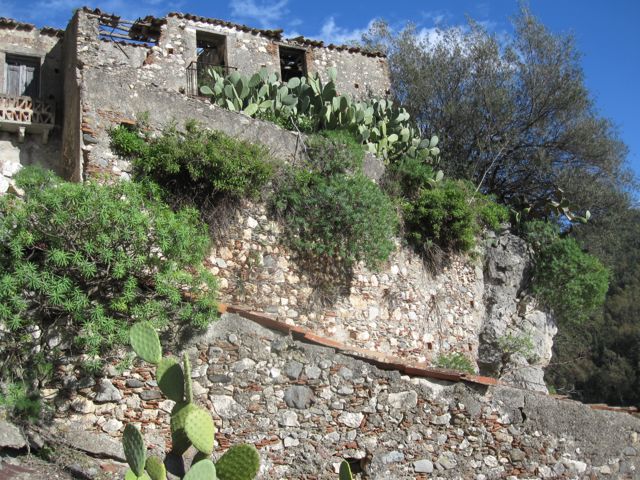
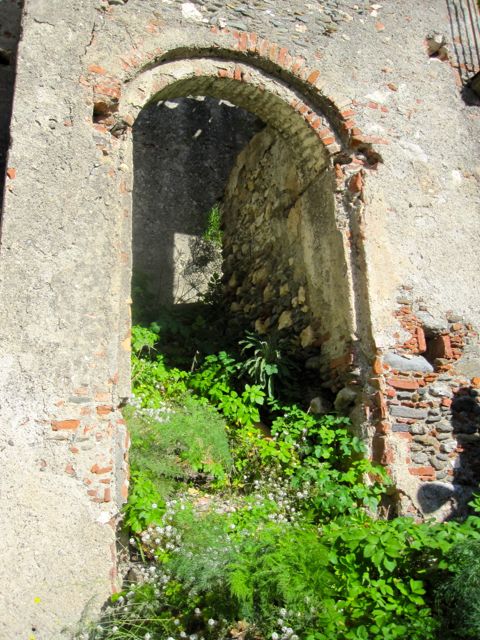
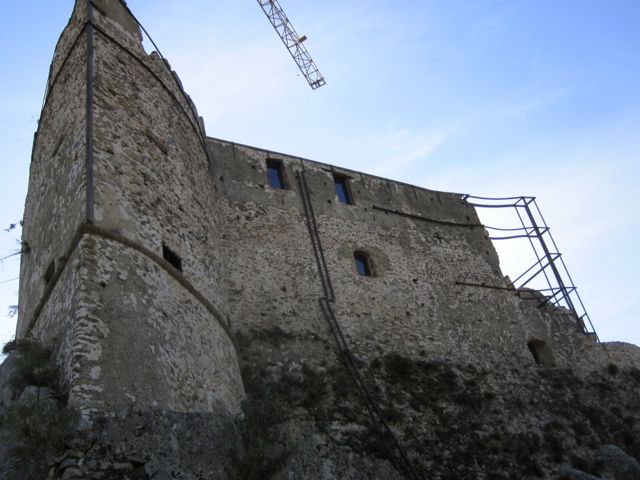
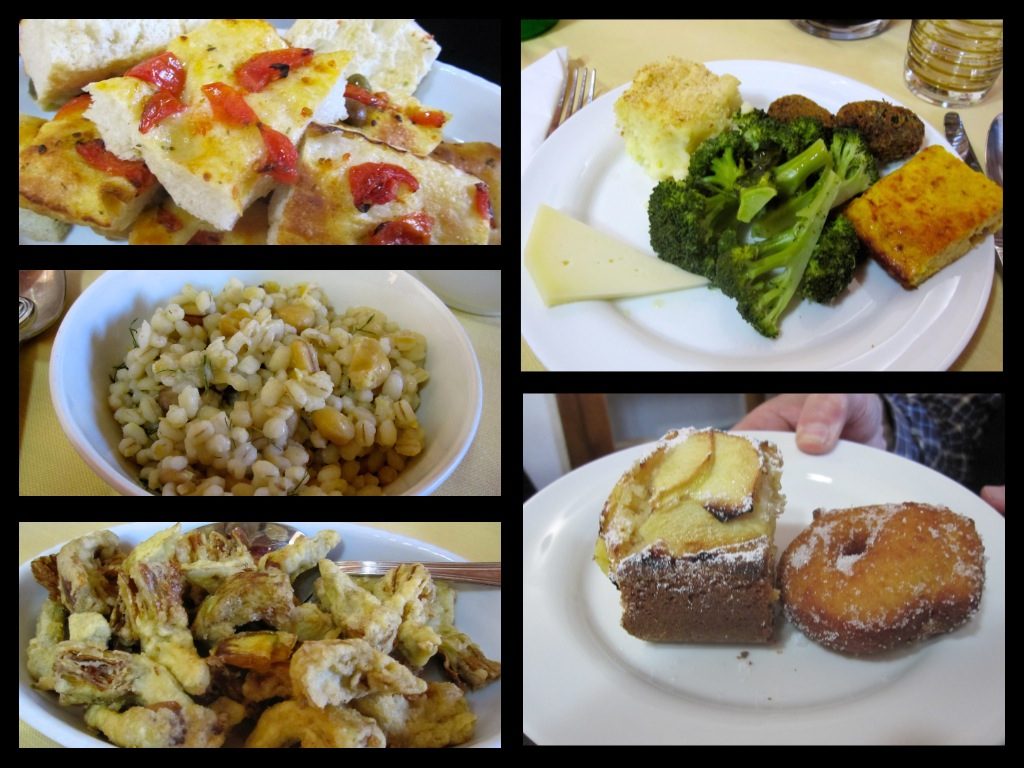
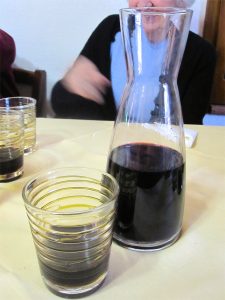
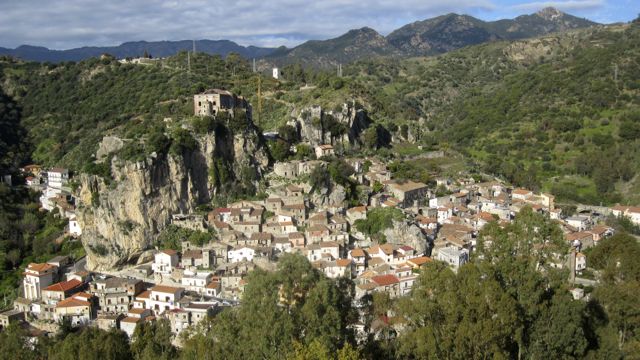

Comments 4
Hi Karen —Your Dad and I both enjoyed this!!! Amazing read with the proofs —-this
sparkles —- I propose that the Italian edition have colored photos—–wonder what that
would add to the cost?
Author
Thanks, Barbara – glad you both enjoyed it! Yes, color photos are expensive. I just hope to have an Italian edition, photos or not.
Gorgeous photos and wonderful post – it’s making me want to get out there and explore Calabria even more – I have no excuse.
Author
Thanks – it seems as though as much as one explores, there will always be more.